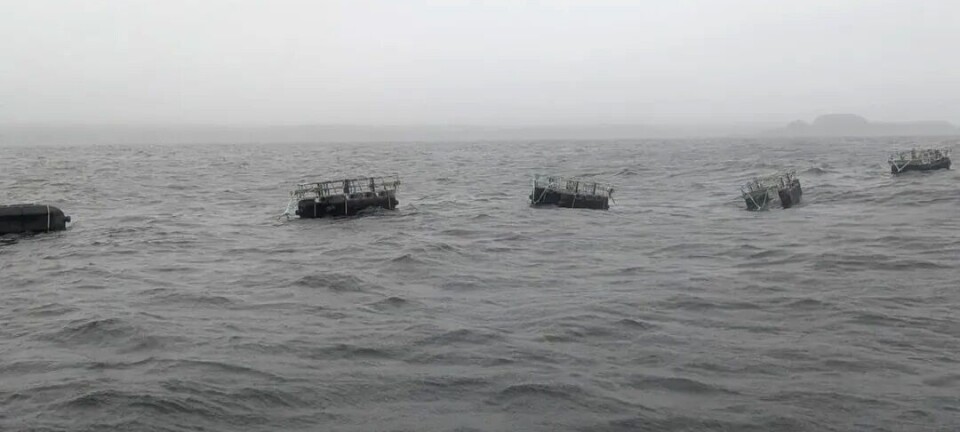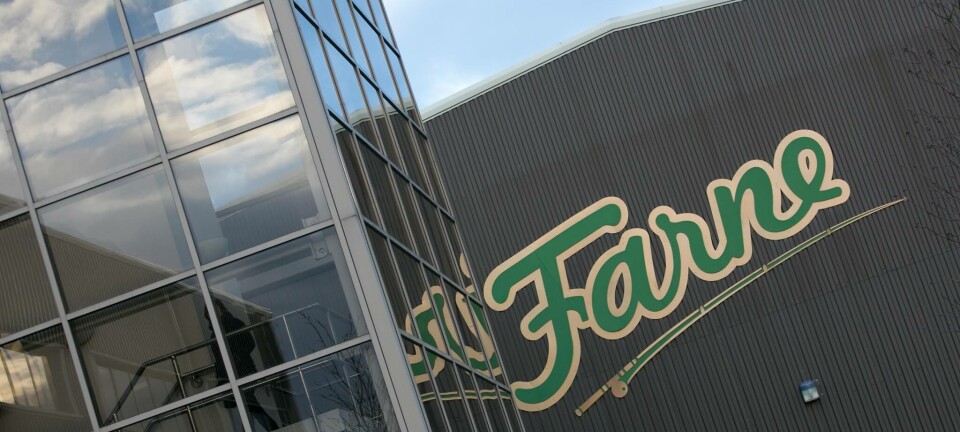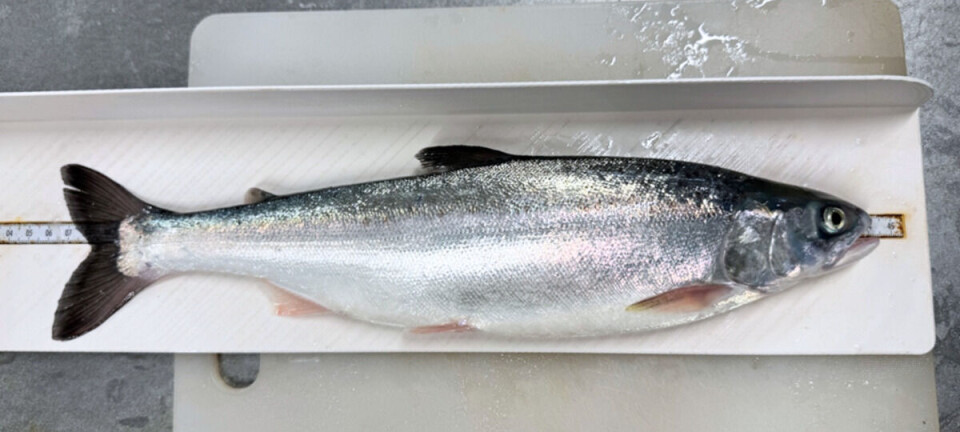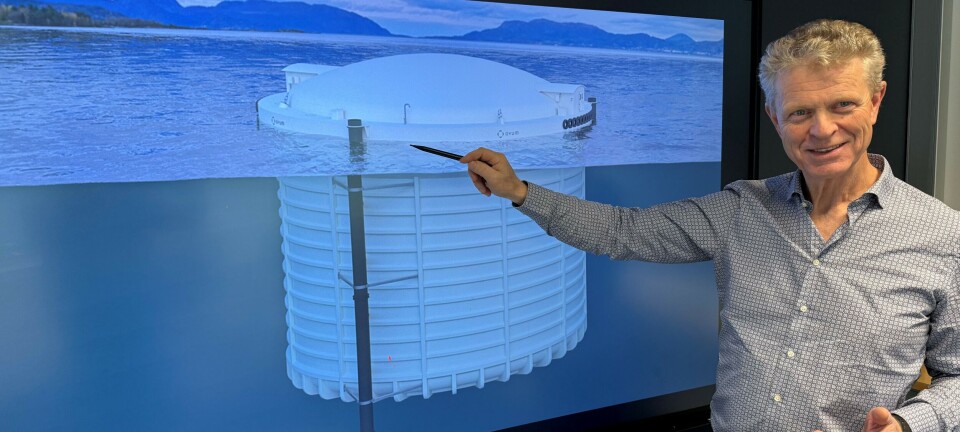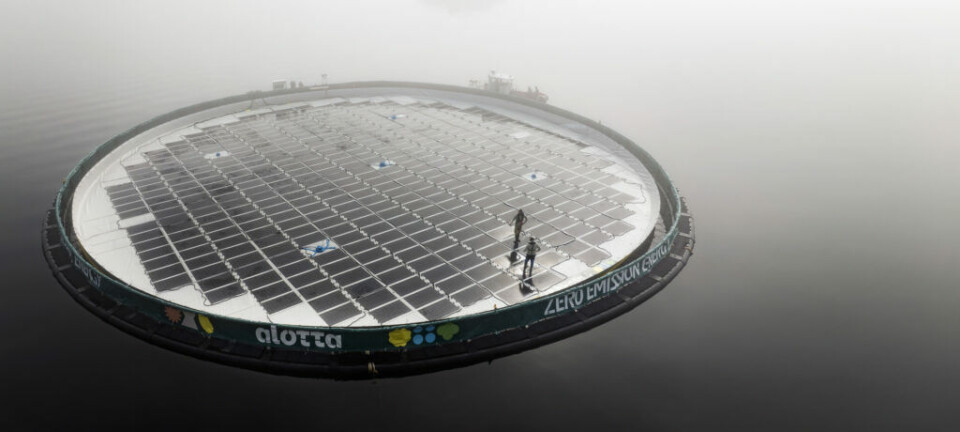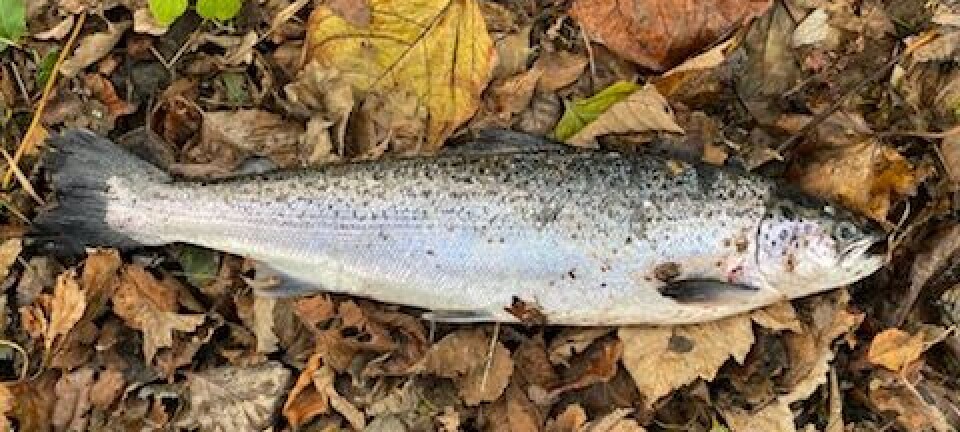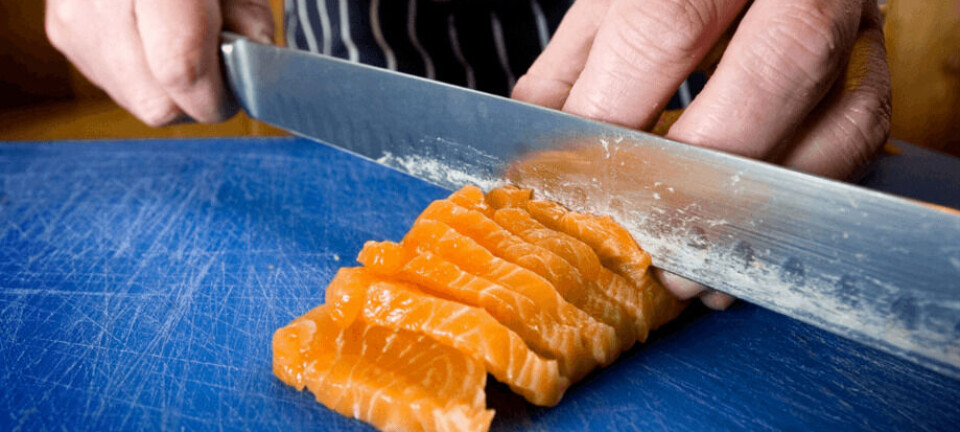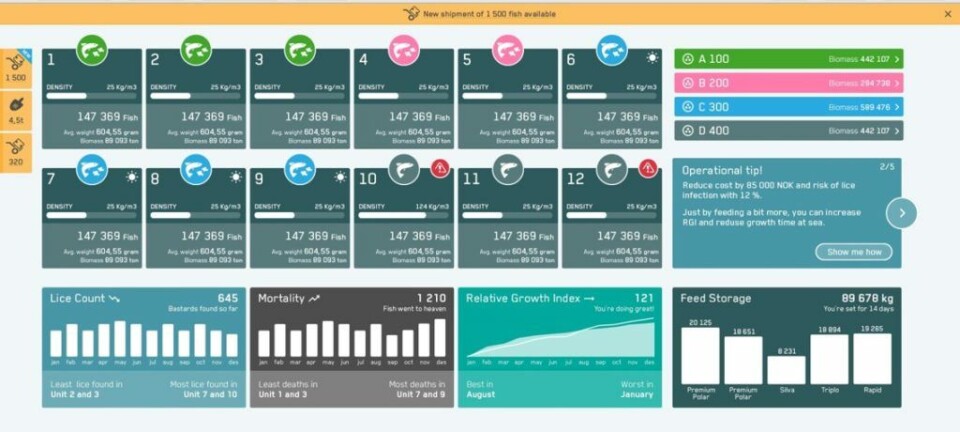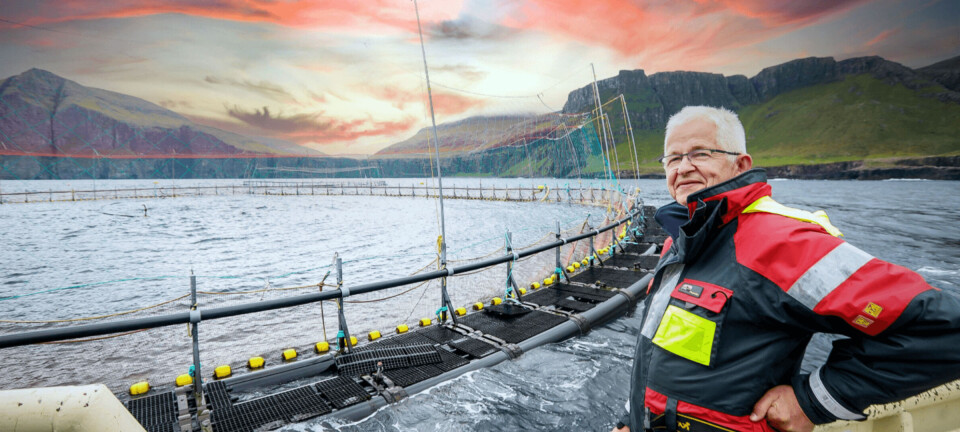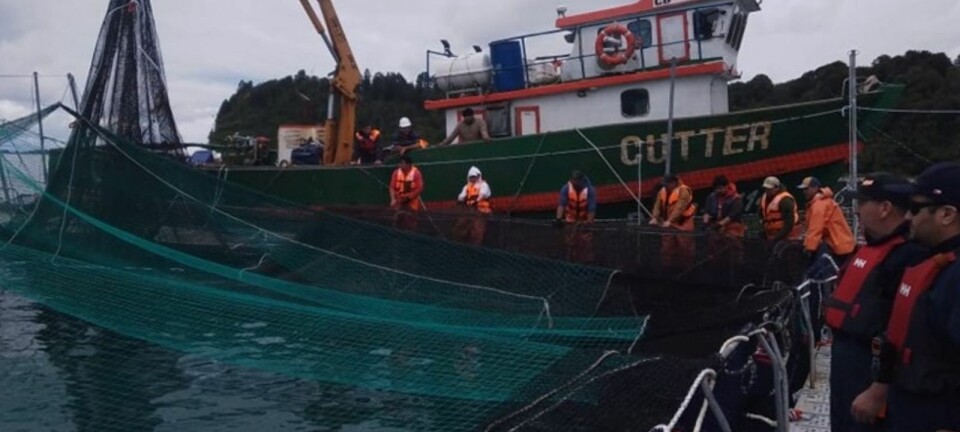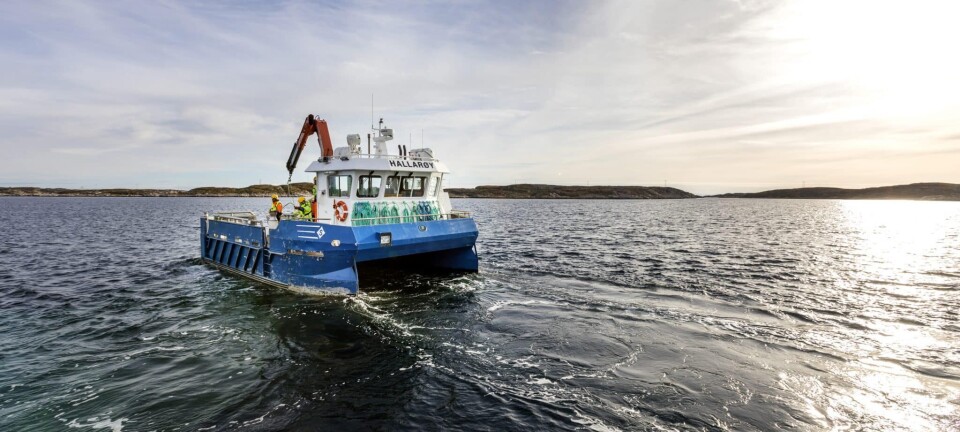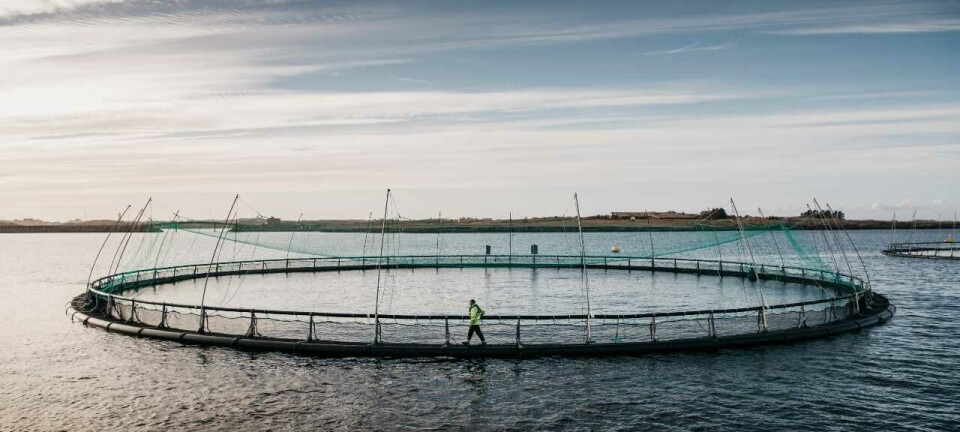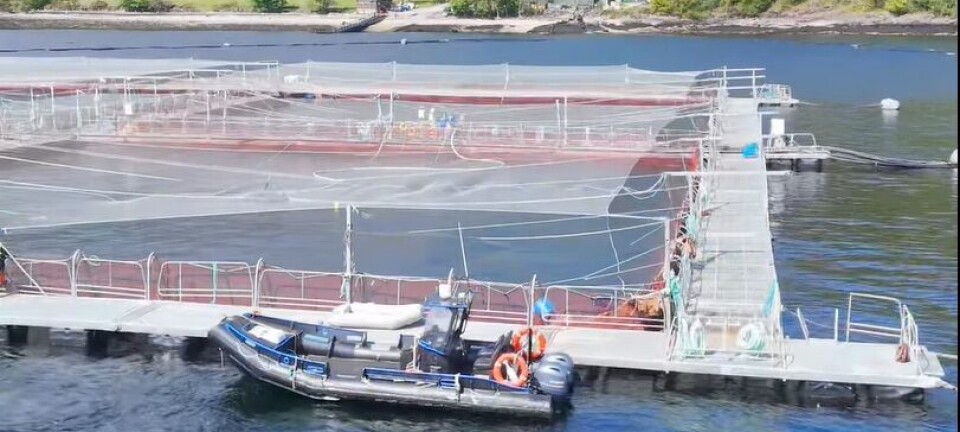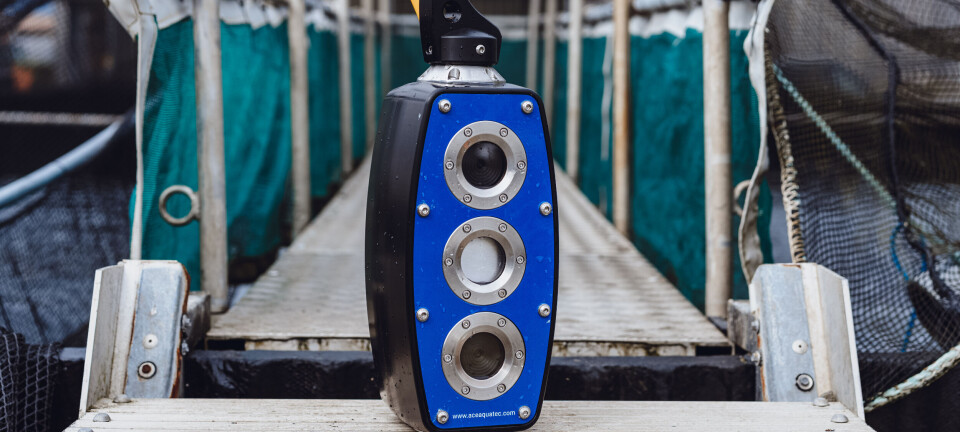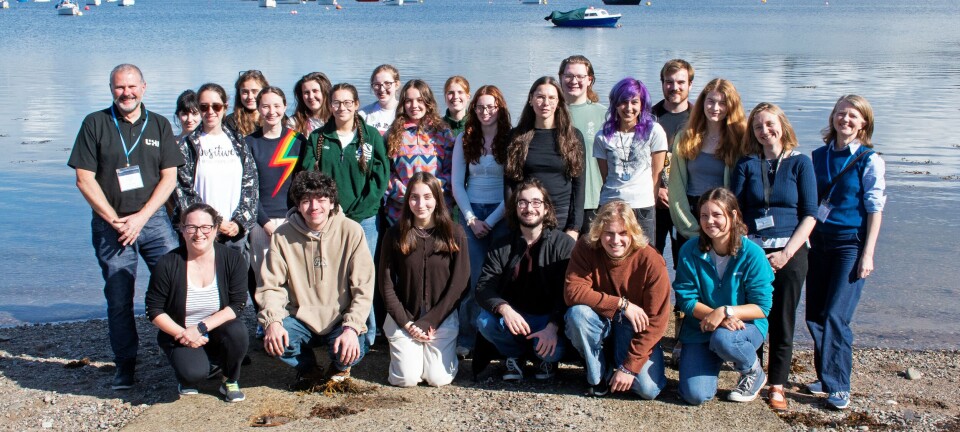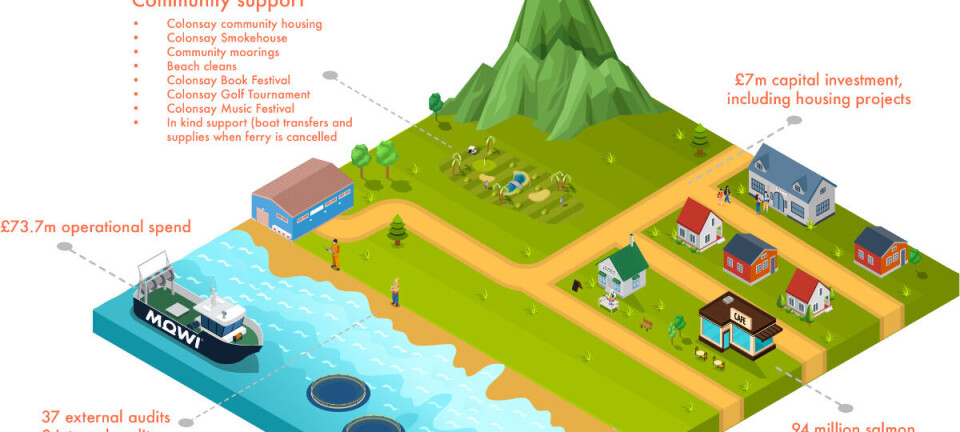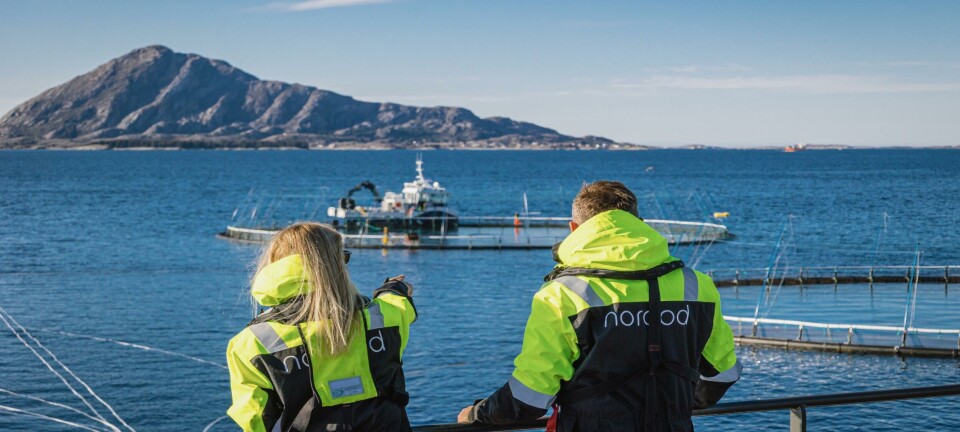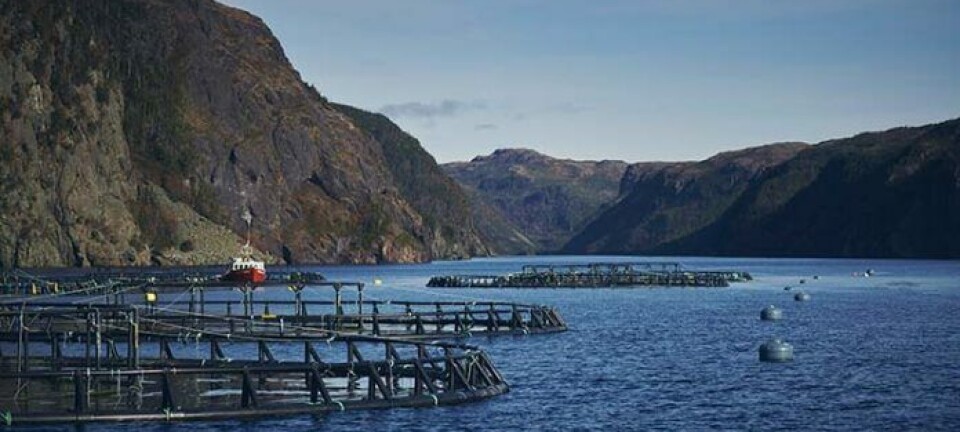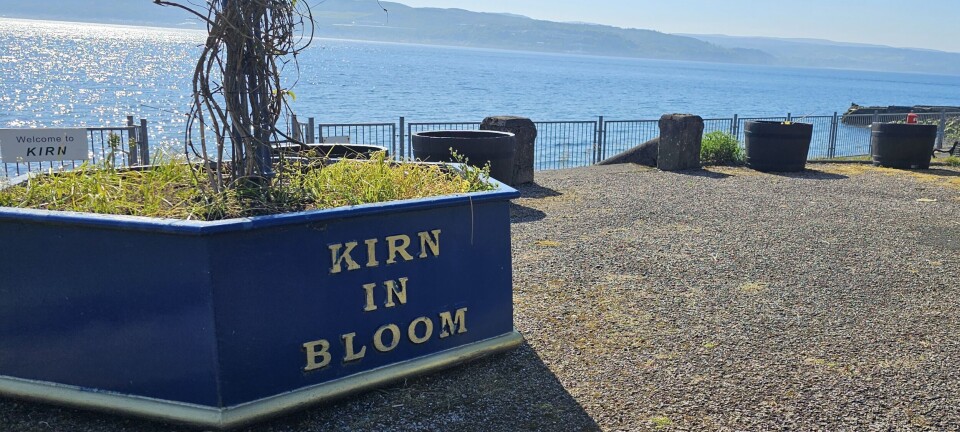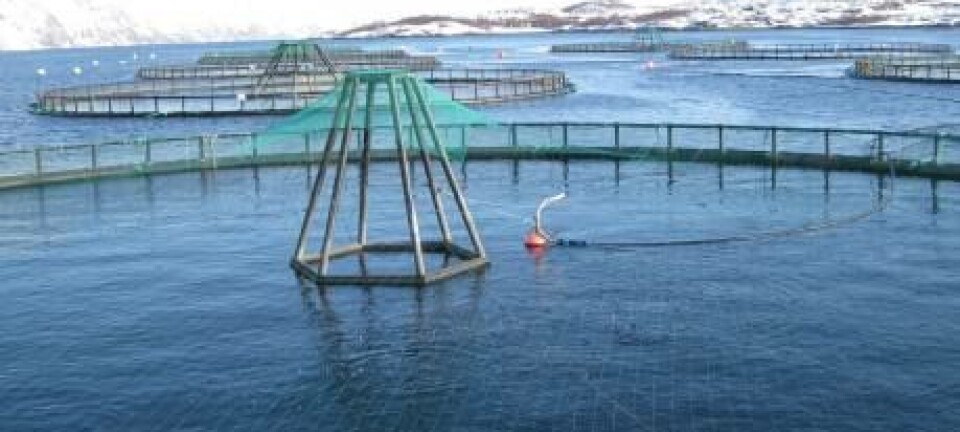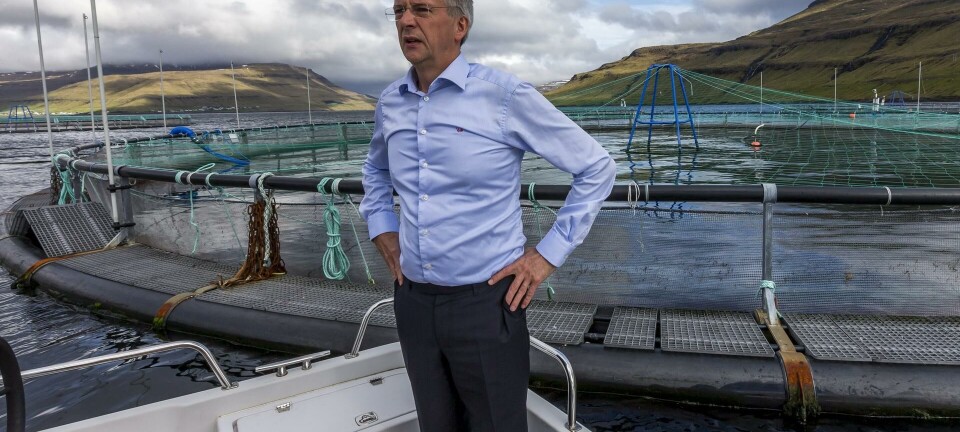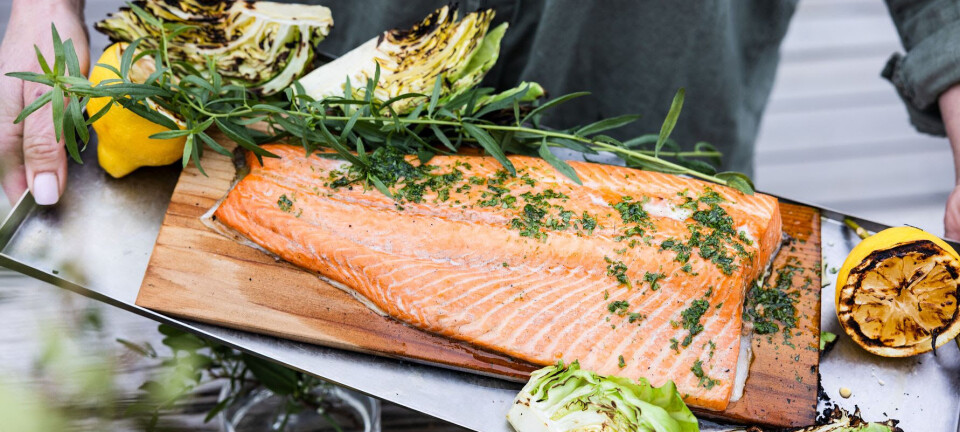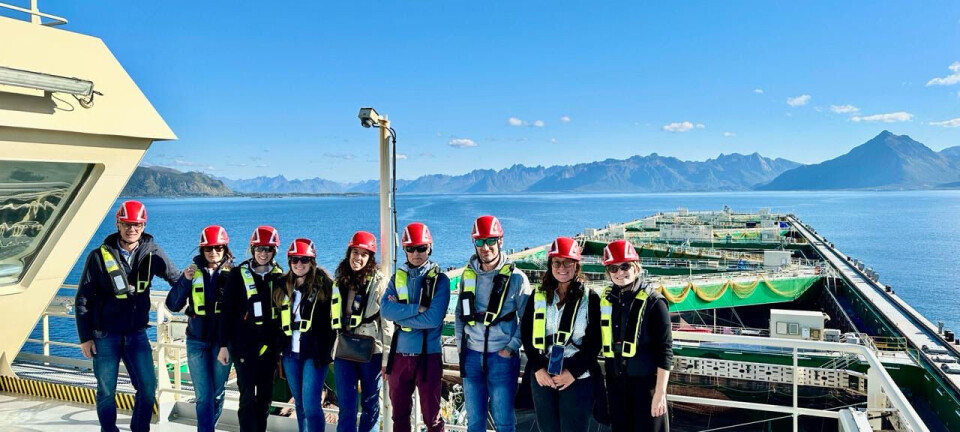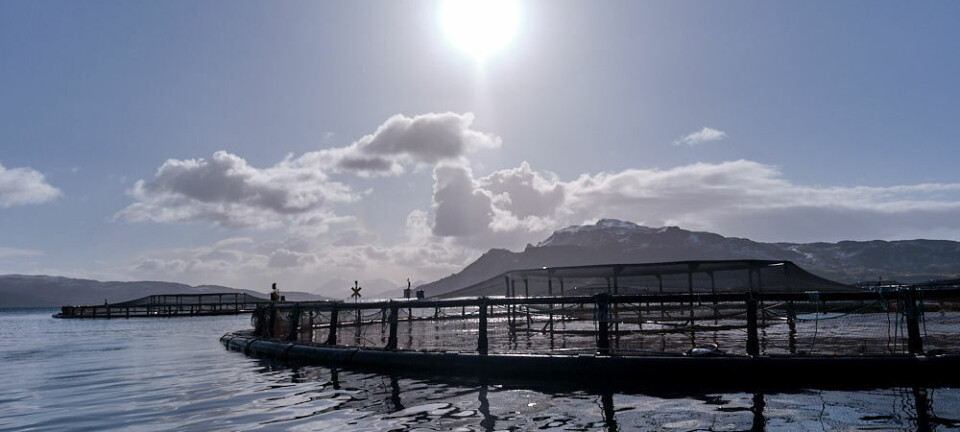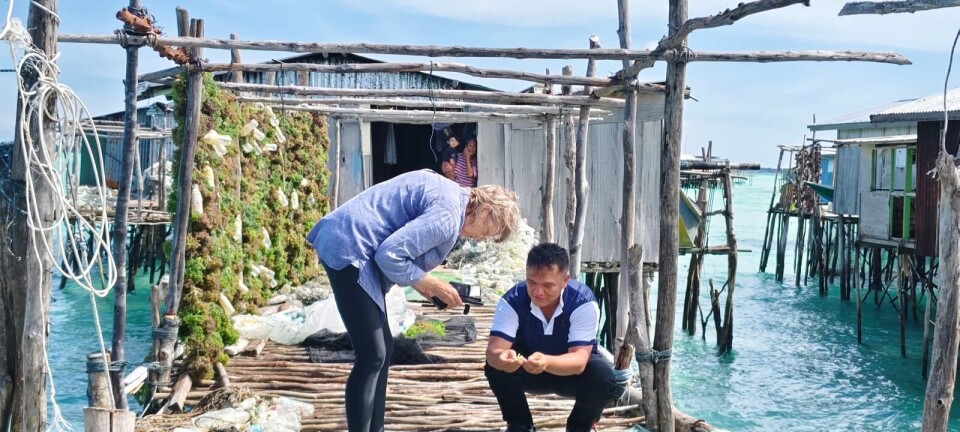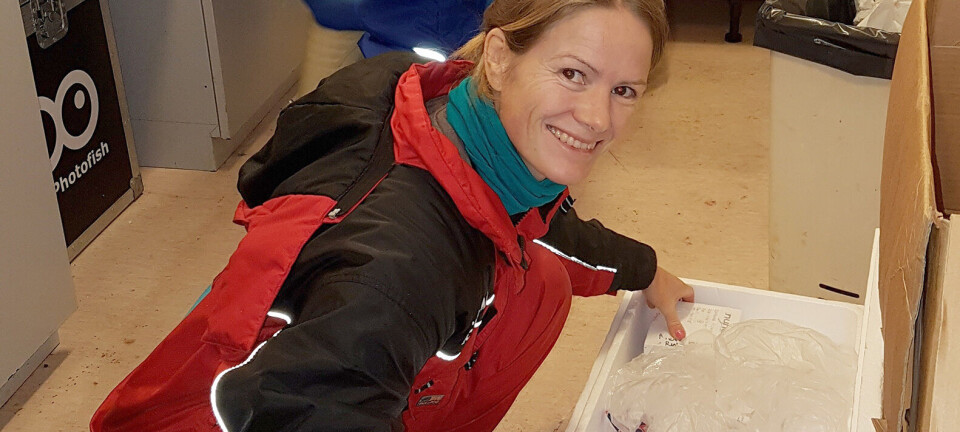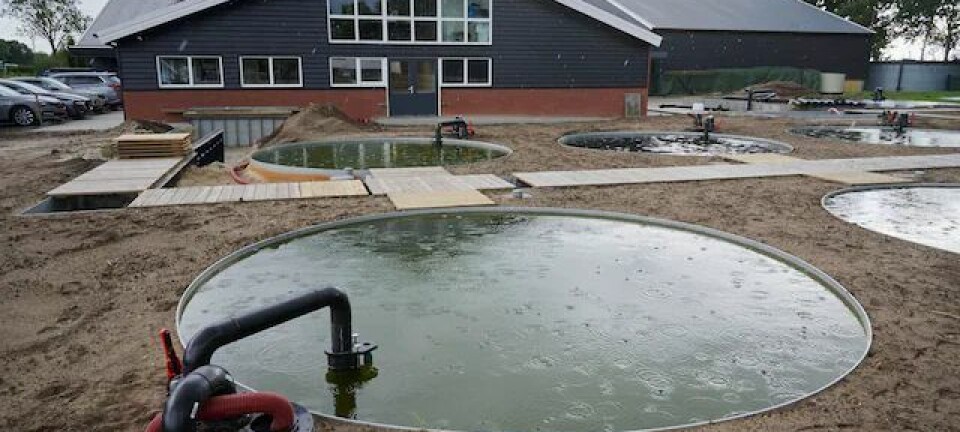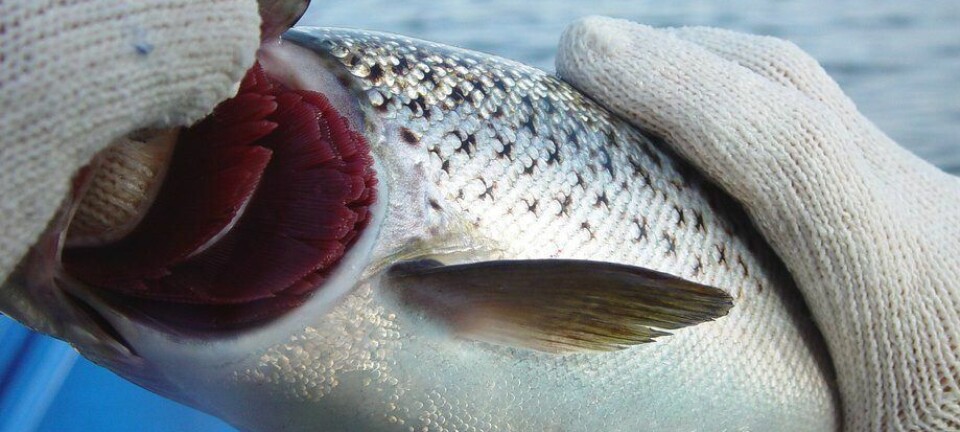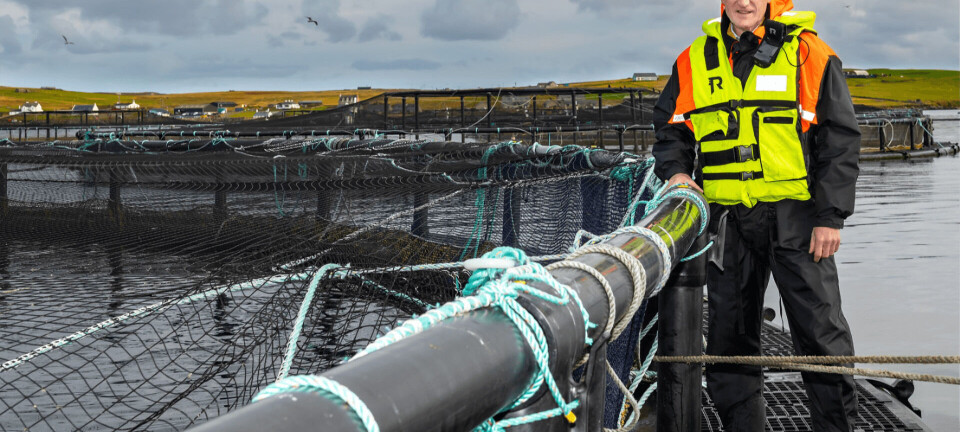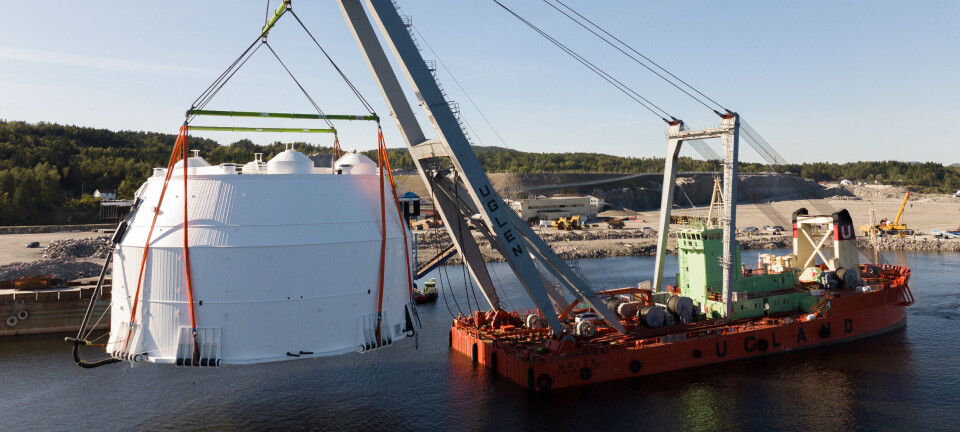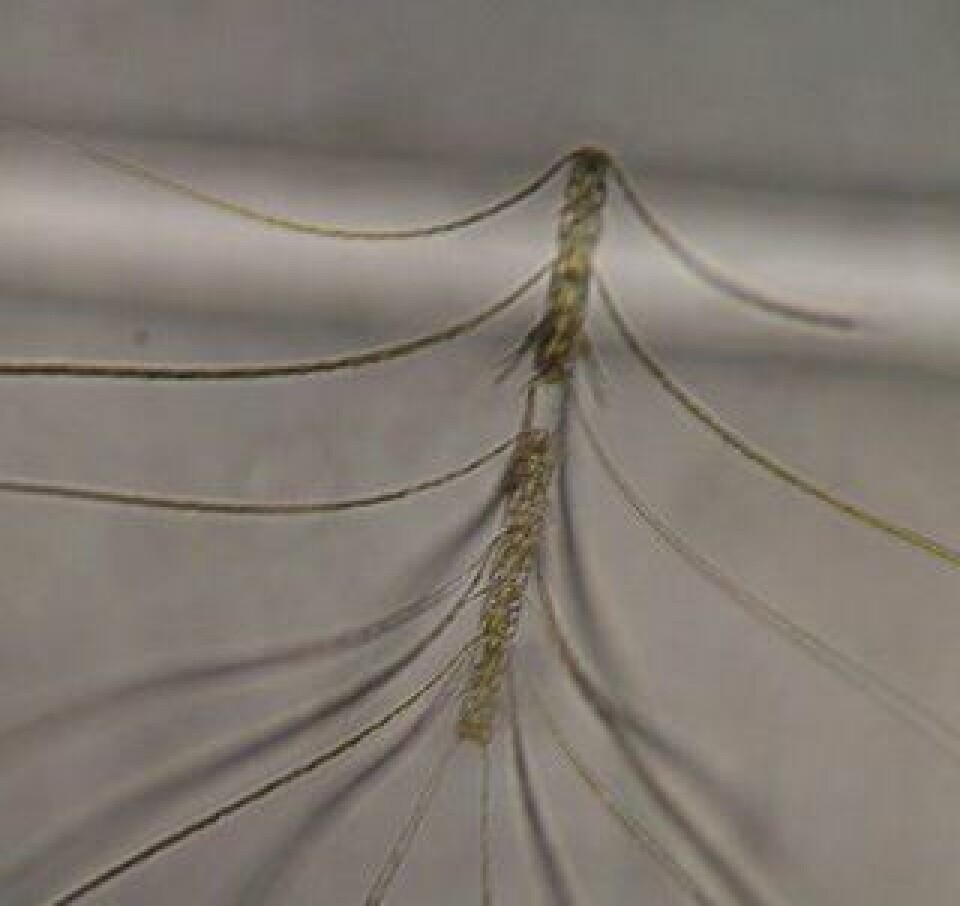
Fish-killing algal bloom subsides
However, the Food Safety Authority of Ireland has warned of the dangers of gathering and eating wild shellfish, following reports that a dozen people have had suspected food poisoning in recent weeks.
The bloom, Karenia mikimotoi, was concentrated on the coastline from Mayo to Donegal, and in areas further down the west coast.
Marine Institute scientist Joe Silke said that the most recent satellite imagery and seawater samples show a “significant decrease in the concentration”.
The bloom, common in all European waters, was similar in impact and duration to one off the Irish coast in 2005, he said, and was probably due to a combination of environmental conditions and ocean currents providing optimal conditions.
“The accumulation of the bloom against the coastline with tidal and coastal currents causes very dense concentrations to occur. Mortalities in marine organisms particularly those living on or near the bottom are due to the algae affecting their respiratory systems and this is compounded by low oxygen in the water, particularly as the bloom is decaying,” he added.
In several areas, oyster farms reported losses between 20 to 80 per cent in some sites and farms stocking juvenile oysters also reported significant mortalities with many deciding to defer putting out new stock until the bloom passes. Other areas affected included Galway Bay, and while no mortalities were reported in this region, a shellfish hatchery in the area reported difficulty in settlement of their shellfish larvae.
